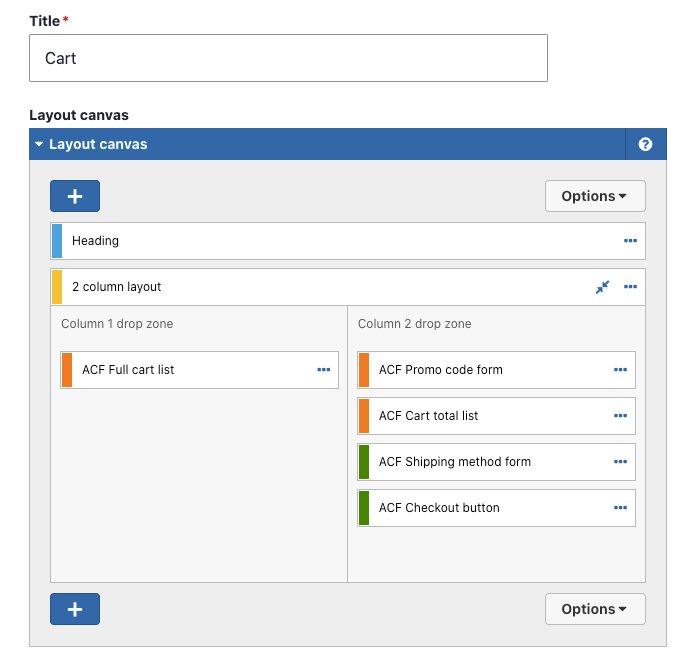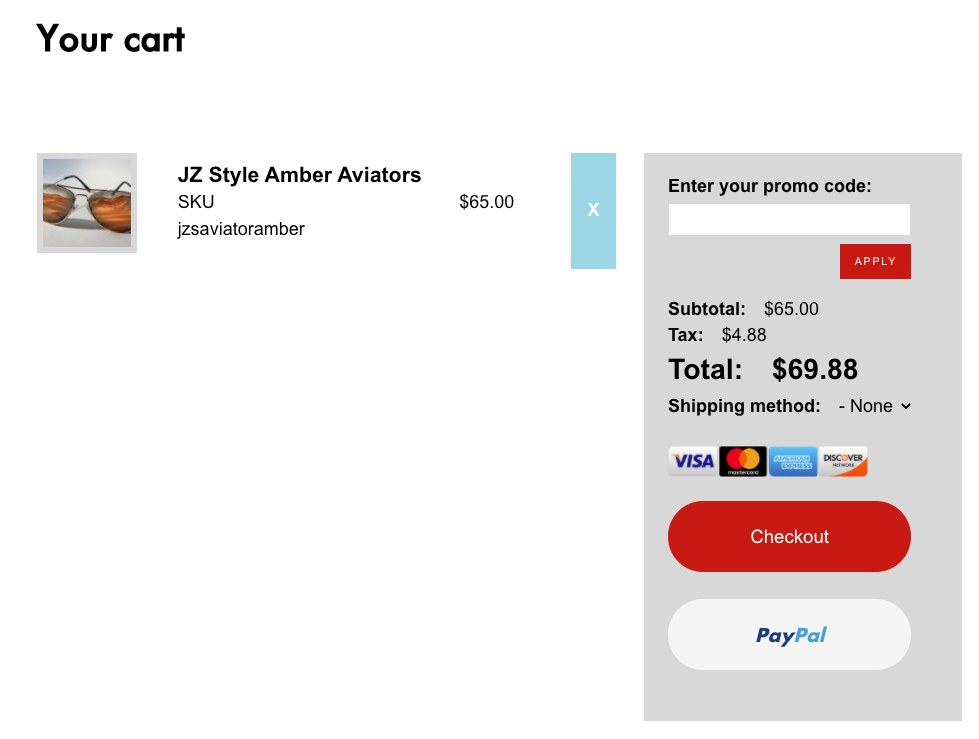
Acquia & Commercetools enable brands to:
Know Their Customers: Deliver personalized commerce experiences in real-time based on zero-party, behavioral, product, transactional, financial, and operational insights to differentiate your brand, drive engagement, foster a relationship with your customers, and inspire them along the way.
Deliver Shoppable Experiences: Quickly create shoppable experiences at every touchpoint using custom connectors, linking product data to content. Brands can tap the benefits of open source technology to create a smoother shopping experience – connecting customers with lively, useful content and clear, actionable checkout options. Authors can easily embed this product data directly into the content they are creating, which is the basis for contextual commerce.
Personalize End-to-End Journeys: Extend personalization across the entire customer journey, from acquisition to re-engagement. Unlock content to support multi-experiences by mobilizing dynamic rich media. Combine rich customer insights and machine learning from Acquia CDP with commerce data to facilitate customer acquisition, drive engagement, introduce up-sell and/or cross-sell opportunities, and improve conversions.
Power Intelligent Promotions: Strategically incorporate AI and dynamic pricing, product bundling and offers into your targeting strategy to incentivize customer acquisition and strategically expand product adoption across your product catalogue with identified loyal, high-value customers.
Unify Digital & Physical Experiences: Empower employees and service representatives with relevant customer profile, preference, and purchase history data in real-time to provide in-store assistance, extending the customer’s online experience. Deliver digital, personalized in-store recommendations, assistance, and experiences directly to consumers via relationship channels.
Augment Customer Intelligence: Unify commerce data and rich customer insights in Acquia CDP for a complete understanding of your customers' journey, gaining insight into customer lifetime value, potential churn, high-value and outlier segments to act on and activate across channels, optimizing the customer experience.
ACF is an open-source reference architecture that allows developers, site builders, and marketers to create these experiences quickly. This provides an OOTB example and referenceable patterns for extending to cover any use case.
See the Github repo and documentation for more details.
Acquia Drupal Cloud - two part integration strategy
Server side integration - cacheable data. Any cacheable data from the ecommerce engine should be considered for periodic import into the CMS. This allows the side builders and content creators to easily use the data in their creation of content - this is contextual commerce.
Client side integration - transactional data. Any data or interactions that are specific to the user should be handled with Javascript in the client. Things like the cart and checkout process require direct access to the ecommerce API.
Acquia Marketing Cloud - Acquia CDP Integration Framework & a playbook of campaigns and best practices
Knowing what to do is important! So, Acquia has created a playbook of ecommerce best practices for marketing. This playbook is optimized for our open DXP, and informs how to leverage Acquia CDP’s Integration Framework to onboard data via the 360 APIs to power campaigns via the Acquia CDP, Acquia Personalization, and Acquia Campaign Studio tools to create the marketing approaches that drive traffic and conversions.
ACF Primary Guidelines:
Make it easy for the non-developer.
For the content creator, their ability to easily use product data in their content means that they will be more likely to do so. This contextual commerce helps increase sales.
Make it easy for the front end developer.
There is a broader availability of good Javascript developers that can help drive the transactional integration. For these developers, their workflow is largely unchanged. They can build out Javascript components using their favorite framework, and then just add a simple Yaml file to make it available as a block in Drupal. No muss, no fuss.
Make good use of the CMS framework.
As much as possible, we want to not only follow best practices, but also utilize the core functionality that Drupal provides. Back end developers should find this all very straightforward, and site builders will appreciate how easy it is to build their experience with content, taxonomy, views, blocks, etc.
Make it scalable.
The best way to scale is to leverage the caching abilities in Drupal for building the page. Then, we use decoupled JS components running on the page to manage communications with the ecommerce engine. Drupal is optimized for site and content building, and the components provide a modern experience.

